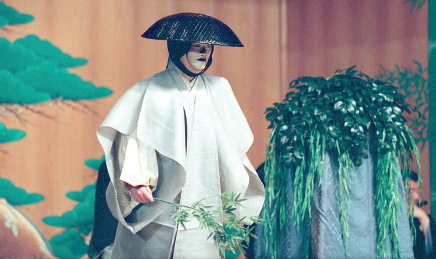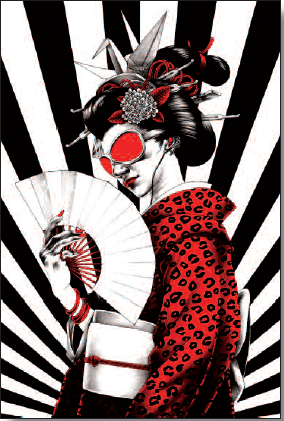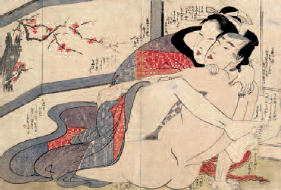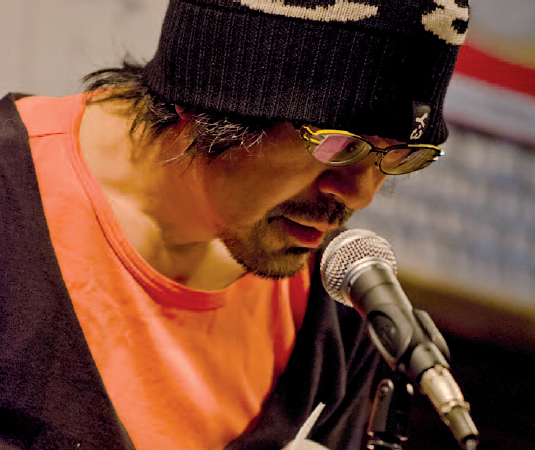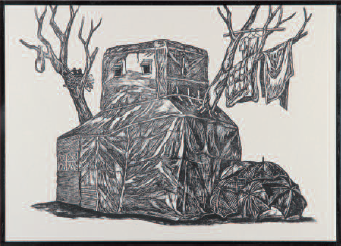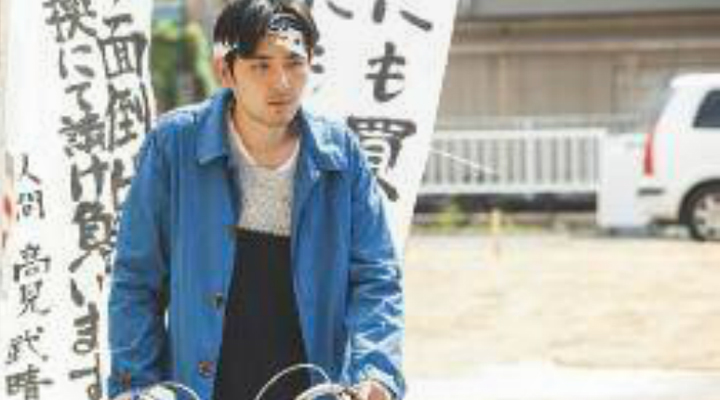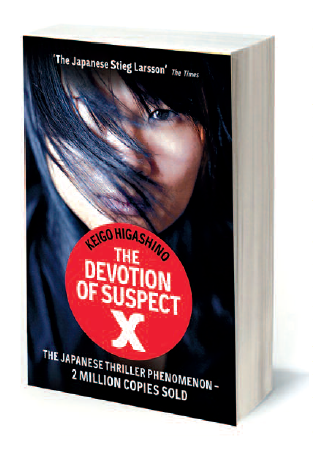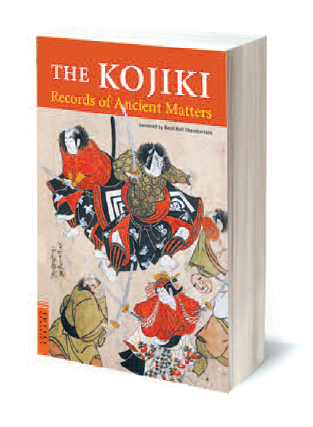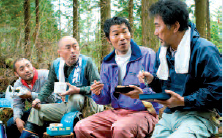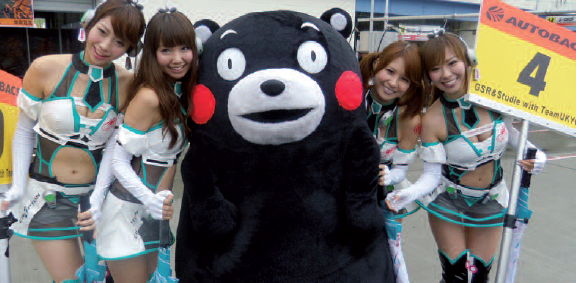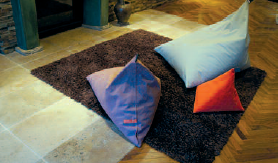
 Since its advent in 2003, the London Design Festival has become one of the most important international events of its kind. It takes place between the 19th and the 22nd of September and its programme is particularly varied, with over 300 exhibitions and presentations, including the famous Tent London. Japan, a country synonymous with design, is represented by a company from Kyoto, Daitou Shingu Kogyo. Founded in 1925, it specializes in the creation of “bedding and cushions to create a relaxing sleeping environment”. This company has a great reputation across the archipelago for bringing together architects, designers, interior decorators and sleep specialists to create the best possible environment with all the vital elements for a good night’s sleep for their customers. A representative from the company explains that “It is our knitting together of skills that turns feelings and thoughts into shapes. We use many different kinds of material such as cotton, hemp and polyester to satisfy all of our customers’ needs and the finishing touches with expertly incorporated cotton stuffing creates unparalleled comfort. We change the materials used in the inner fillings for each of our products and spread them in multiple thin layers of equal thickness. Our experience and skill fills and blends into every corner of the cloth”. Another company expected at Tent London is Furukawa Yosuke Shoten. Located for 50 years on the shores of Lake Biwa, north of Kyoto, the company first worked with gold and silver to make kimonos. Now it is Japanese paper that is making their reputation. “We have twisted 1mm Japanese paper with a special technique to make extremely thin threads. They are half as light as cotton threads and the very smooth surface without any fluff is their strong characteristic. It is 100% organic and the textile makes it unique and ideally suited for new kinds of products,” says their representative. Also from the old imperial capital is Kawasaki Sudare, which specializes in creating traditional window screens known as sudare in Japanese. “These types of blinds first appeared in the famous illustrated scroll depicting the Tale of the Genji. During the Heian period, they were mainly used as partitions in the houses of the aristocracy or in shrines as a way to separate the mundane world and holy territory. It took quite a long time for the sudare screen to become a part of our daily lives” says one of the designers, adding that “Sudare is mainly constructed from organic materials and we make an effort to keep it all natural, using hemp, wool or mixed threads depending on what the screen will be used for. We have employed the same process for 80 years and put every single thread in the machine to knit them together, making each product with great reverence to carrying on the the traditional craft”. There is no doubt that Japanese designers will once again be the centre of attention, especially for those who are curious about traditional techniques and pleased that they continue to be used.
Since its advent in 2003, the London Design Festival has become one of the most important international events of its kind. It takes place between the 19th and the 22nd of September and its programme is particularly varied, with over 300 exhibitions and presentations, including the famous Tent London. Japan, a country synonymous with design, is represented by a company from Kyoto, Daitou Shingu Kogyo. Founded in 1925, it specializes in the creation of “bedding and cushions to create a relaxing sleeping environment”. This company has a great reputation across the archipelago for bringing together architects, designers, interior decorators and sleep specialists to create the best possible environment with all the vital elements for a good night’s sleep for their customers. A representative from the company explains that “It is our knitting together of skills that turns feelings and thoughts into shapes. We use many different kinds of material such as cotton, hemp and polyester to satisfy all of our customers’ needs and the finishing touches with expertly incorporated cotton stuffing creates unparalleled comfort. We change the materials used in the inner fillings for each of our products and spread them in multiple thin layers of equal thickness. Our experience and skill fills and blends into every corner of the cloth”. Another company expected at Tent London is Furukawa Yosuke Shoten. Located for 50 years on the shores of Lake Biwa, north of Kyoto, the company first worked with gold and silver to make kimonos. Now it is Japanese paper that is making their reputation. “We have twisted 1mm Japanese paper with a special technique to make extremely thin threads. They are half as light as cotton threads and the very smooth surface without any fluff is their strong characteristic. It is 100% organic and the textile makes it unique and ideally suited for new kinds of products,” says their representative. Also from the old imperial capital is Kawasaki Sudare, which specializes in creating traditional window screens known as sudare in Japanese. “These types of blinds first appeared in the famous illustrated scroll depicting the Tale of the Genji. During the Heian period, they were mainly used as partitions in the houses of the aristocracy or in shrines as a way to separate the mundane world and holy territory. It took quite a long time for the sudare screen to become a part of our daily lives” says one of the designers, adding that “Sudare is mainly constructed from organic materials and we make an effort to keep it all natural, using hemp, wool or mixed threads depending on what the screen will be used for. We have employed the same process for 80 years and put every single thread in the machine to knit them together, making each product with great reverence to carrying on the the traditional craft”. There is no doubt that Japanese designers will once again be the centre of attention, especially for those who are curious about traditional techniques and pleased that they continue to be used.
Gabriel Bernard

